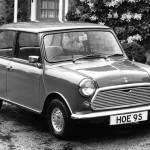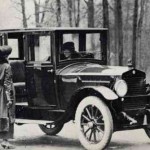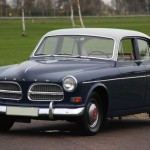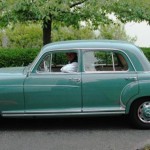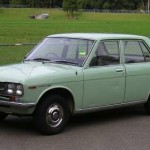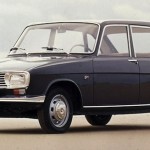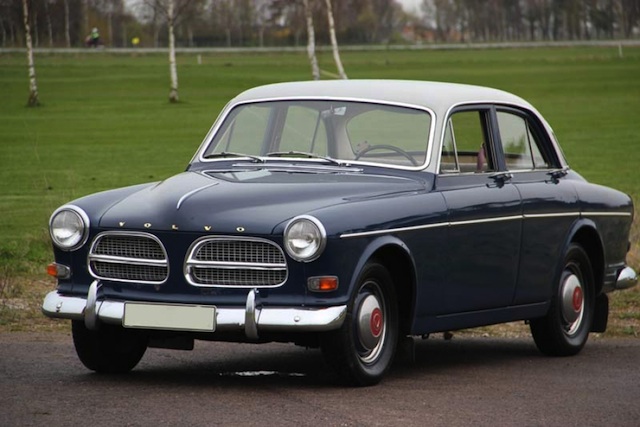
1 – 1910 Ford Model T
The 1910 ‘Tin Lizzy’s’ status as such is undeniable; it was voted the Car of the (20th) Century by an international panel of motoring journalists; it introduced drivers to the world’s first (crude) automatic gearbox; and it made Henry Ford a household name. Most of all, the T-bucket was cheap, and bought motorised four-wheeled personal mobility within reach of the masses. It therefore forced governments to pay more than lip service to road construction and saved cities from becoming fly-blown heaps of horse excrement.
2 – 1959 BMC Mini
Arguably the second-most influential car of the last 100 years for its debut of a powertrain layout faithfully copied by the vast majority of cars produced since its debut 54 years ago. By mounting the engine east-west to drive the front wheels, the Mini could devote 80 per cent of its ‘floor plan’ to passenger/luggage space. This made it the most Tardis-like of cars, despite its impish proportions.
3 – 1920 Essex Super Six
This was the first affordable car to feature a fully enclosed all-metal body, and began the trend away from so-called ‘Touring’ automobiles featuring canvas roofs and wooden doors. The other claim to automotive influence of the Essex was the first use of warning lights to signal impending trouble.
4th equal – 1959 Mercedes-Benz 220 SE/ 1959 Volvo 120/ 1959 Chevrolet Corvair
The year 1959 was a significant milestone in the advancement of automotive safety, for three cars debuted that year that would drive the trend towards safer cars. First, the Merc introduced the first ‘crumple zone’, a sacrificial part of the body that could absorb a significant amount of crash energy before it reached the passenger cabin. Then the Swedish car showed off the first three-point seat-belts. Finally, there was the Corvair, a rear-engine car that became infamous for the wayward handling that inspired the title for Ralph Nader’s crusading book, Unsafe at any Speed. The Merc and the Volvo might have debuted life-saving technology, but it was the deadly Corvair that convinced car buyers that such features were worth having.
7th equal – 1949 Ford Verdette/ 1967 Datsun 1600
On the suspension front, the Ford and the Datsun debuted new systems that helped engineers provide better ride comfort and improved handling. The French Ford sported the first MacPherson struts up front, named after Earle S. MacPherson, a former GM chief engineer who defected to the Blue Oval when his proposed affordable car, the Chevrolet Cadet, was canned. Bringing the rear up to speed was the Datsun’s task. It was the first affordable car with fully independent rear suspension.
9th equal – 1965 Renault 16/ 1970 Range Rover
Buyers have a lot more choice these days thanks to these two ground-breaking cars. For the French car was the world’s first hatchback, while the Brit was the first SUV, and each created a segment soon to become a significant slice of the market.


